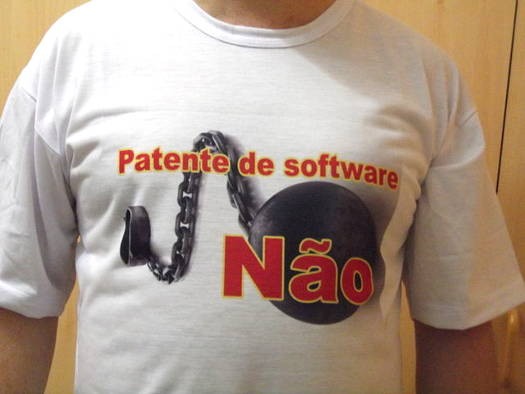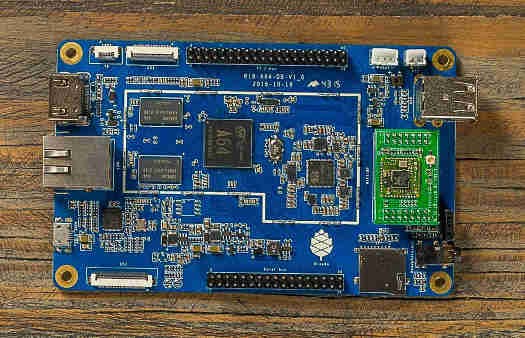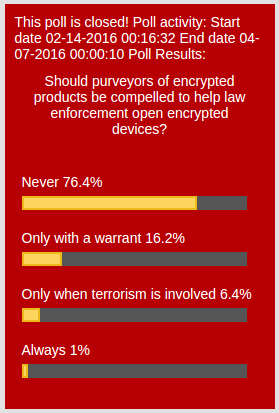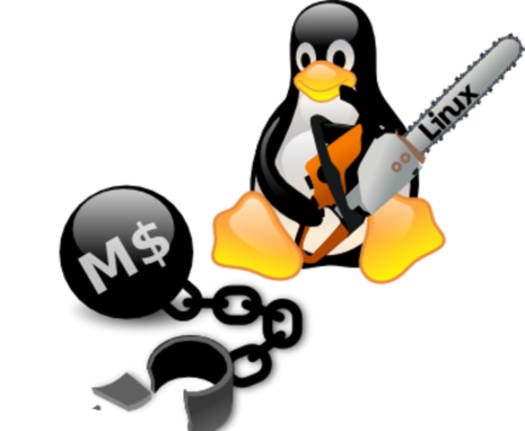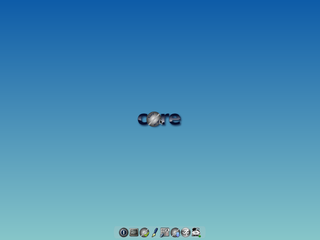The Video Screening Room
The studio quality 2D animation software, OpenToonz, which was recently open sourced continues to find adopters. Luckily for those trying to figure out how to use it, there are plenty of videos.
OpenToonz was released as open source less than a month ago and the quality of tutorials for it on YouTube continues growing. I was especially pleased to run across a series of tutorials created by Alon Dan, who has a Patreon account to fund further tutorial creation. I learned a lot watching this tutorial – OpenToonz Painting Tricks and Color Model.



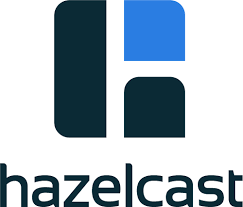
 Chariot has extensive open source experience, with many of its consultants actively contributing to key OS Java projects. Working with partners, the company advises clients on the evolving open source Java landscape, delivering tailored solutions which incorporate frameworks and tools that are commercially viable due to established community support and enhancement. Prior to signing an official partnership agreement, the two companies had worked together on several projects in telecoms and media.
Chariot has extensive open source experience, with many of its consultants actively contributing to key OS Java projects. Working with partners, the company advises clients on the evolving open source Java landscape, delivering tailored solutions which incorporate frameworks and tools that are commercially viable due to established community support and enhancement. Prior to signing an official partnership agreement, the two companies had worked together on several projects in telecoms and media.